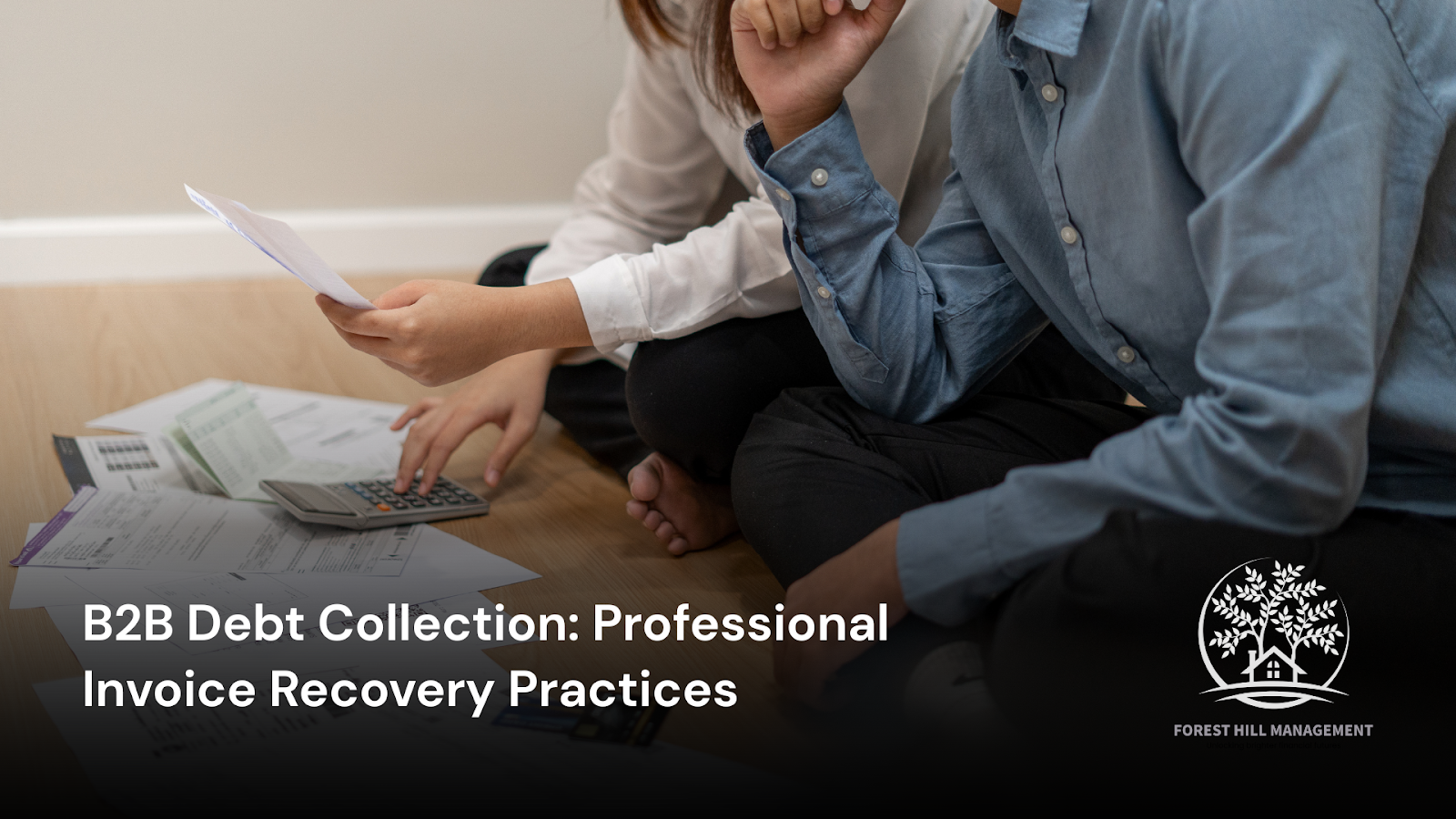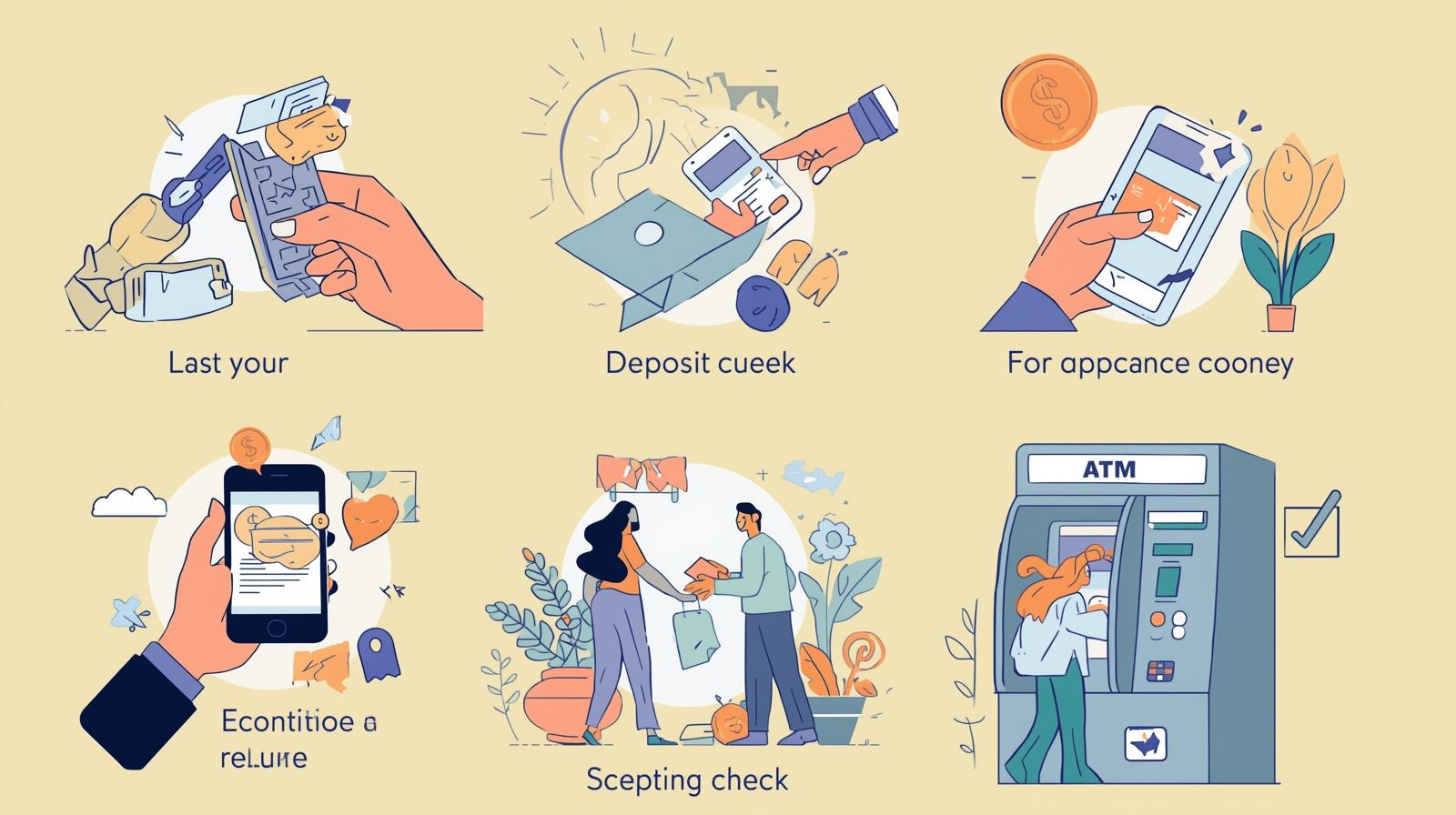Late payments are a constant challenge for B2B businesses. Whether you’re a logistics provider, IT services company, or manufacturing firm, chances are you’ve dealt with unpaid invoices that have stretched your receivables and stalled your cash flow. Delays not only impact financial health but also create internal friction between sales, finance, and legal teams.
This is where a strong, structured approach to B2B debt collection becomes critical. Instead of reacting out of frustration or giving up on difficult accounts, businesses can benefit from a professional strategy that balances recovery with client relationships. This blog walks through practical, respectful, and proven best practices that help you recover overdue payments while preserving long-term partnerships.
Why Unpaid Invoices Are a Growing Concern in B2B
B2B transactions often involve large amounts, extended payment terms, and complex internal approval processes. These factors increase the risk of delayed or missed payments.
Some of the most common reasons why B2B invoices remain unpaid include clients facing their own cash flow challenges, miscommunication between procurement and accounts payable, and a lack of automated tracking or reminders from the seller’s side.
The Federal Reserve’s latest Payments Study (March 2025) shows that non-cash B2B payment volumes—especially ACH and same-day credit transfers—have surged in recent years, reinforcing the need for robust automation and tracking systems to avoid missed invoices
According to Nacha’s ACH Network report (April 2025), Same Day ACH payments saw a 19.1% increase, reflecting the industry’s move towards faster payment methods. This shift necessitates businesses to adapt their collections processes to ensure timely recovery of dues.
For instance, a SaaS provider delivering enterprise-level solutions may complete onboarding, raise an invoice, and then spend 60 to 90 days following up with different departments just to get paid. When one large client delays payment, it can impact your entire revenue cycle.
Establish a Clear Internal Process Before Chasing Payments
Having a consistent internal collections process helps reduce confusion and avoids uncoordinated communication with clients. A professional approach starts long before a payment is missed.
Set Payment Expectations Early
Clear contract terms are your first line of defense. Make sure the client understands due dates, accepted payment methods, any late fee policies, and the preferred communication channel for billing queries. Sending a welcome or onboarding pack that includes billing guidelines reduces future misunderstandings.
Use Automation to Track Aging Invoices
Even small finance teams can benefit from receivables automation. Tools that sync with your invoicing software can alert you to overdue accounts, schedule reminders before and after due dates, and help you prioritize follow-ups based on age and amount. This prevents reliance on manual spreadsheets or memory.
Escalate Strategically Within Your Team
Before reaching out externally, involve your internal team. Have account managers follow up first to preserve the relationship. If ignored, escalate to finance or leadership with a structured note. Avoid sending messages from multiple departments at once. A coordinated escalation shows professionalism and helps maintain trust.
Communicate First, Collect Later
When it comes to B2B clients, professional communication is often more effective than aggressive collection attempts.
Lead with Courtesy, Not Threats
Start with a friendly but firm tone. Instead of focusing on delay, highlight mutual business impact. For example, you can write: “Hi [Client Name], we hope things are well on your end. We wanted to remind you that Invoice #123, dated March 1, is still outstanding. We understand delays happen and are happy to assist if you need any clarifications.” This tone preserves trust while prompting action.
Choose the Right Communication Channel
Not all reminders need to be emails. Begin with email for initial follow-ups. If there’s no response after two reminders, switch to a phone call. A formal letter can be used after multiple ignored attempts. Matching the tone with the right channel matters more in B2B collections than frequency alone.
Keep a Paper Trail
Document all outreach. Save email chains, call summaries, and shared documents. This helps in future escalations and provides protection if legal steps are eventually required.
Know When to Bring in a Third-Party Collection Partner
At some point, internal efforts may stop yielding results. Knowing when to hand it over to professionals can prevent unnecessary revenue loss.
Signs It’s Time to Involve a Collection Agency
If an invoice is over 90 days past due, the client is unresponsive despite three or more follow-ups, or there is a pattern of broken promises, it may be time to consider external help. Don’t wait until you’ve written off the amount. Professional agencies can recover balances you might otherwise give up on.
How to Choose a Professional B2B Collection Partner
Not all debt collection agencies operate the same way. Look for firms with experience in your industry, transparent fee structures, and a reputation for ethical, non-aggressive tactics. A good agency works to protect your brand reputation while helping you recover funds.
Setting Terms with the Agency
Clarify expectations up front. Know whether the agency charges a percentage-based fee or flat rate. Discuss communication cadence and escalation policies. You want the agency to operate as an extension of your brand, not just another voice demanding payment.
Maintain Customer Relationships While Collecting
A thoughtful approach can help you recover money without damaging future business opportunities.
Use a Segmented Approach
Not all clients should be treated the same. Use account history and strategic value to shape your approach. Long-term high-value clients may need a softer tone and more time. One-time or low-value clients may require a firmer and faster response. Segmenting helps you allocate time and energy more effectively.
Offer Flexible Payment Plans When Appropriate
If a client is facing genuine hardship, consider a short-term payment plan. Options include 50 percent now and 50 percent in 30 days, or weekly installments over a set period. This builds goodwill and secures partial recovery. Always document these agreements and have both parties acknowledge them in writing.
Post-Collection: Lessons and Prevention
Once you recover the payment or close the file, take time to analyze what went wrong and adjust future practices.
Analyze Why the Account Went Delinquent
Look into whether the delay was on the client’s end or internal. Were early signs missed? Was there a breakdown in communication? Understanding these patterns helps you reduce similar issues in the future.
Tighten Credit Controls and Vetting Processes
Steps like checking credit scores, reviewing client financials, or requesting deposits for large orders can reduce future risk. Make credit control part of your sales process, not just finance.
Use What You’ve Learned to Improve Receivables Workflow
Update internal procedures based on past experiences. Set stricter reminder cadences, involve account managers earlier, and use automated triggers to escalate aging invoices. Each delayed payment should inform a more efficient process going forward.
Conclusion
Collecting unpaid invoices in B2B isn’t about confrontation. It’s about clarity, consistency, and communication. By having a structured internal process, choosing the right tone, and partnering with professional agencies when needed, you can improve recovery rates without harming your business relationships.
B2B debt collection done professionally can become a value driver rather than a last resort. It ensures your business stays liquid, relationships remain intact, and your team avoids unnecessary firefighting.





